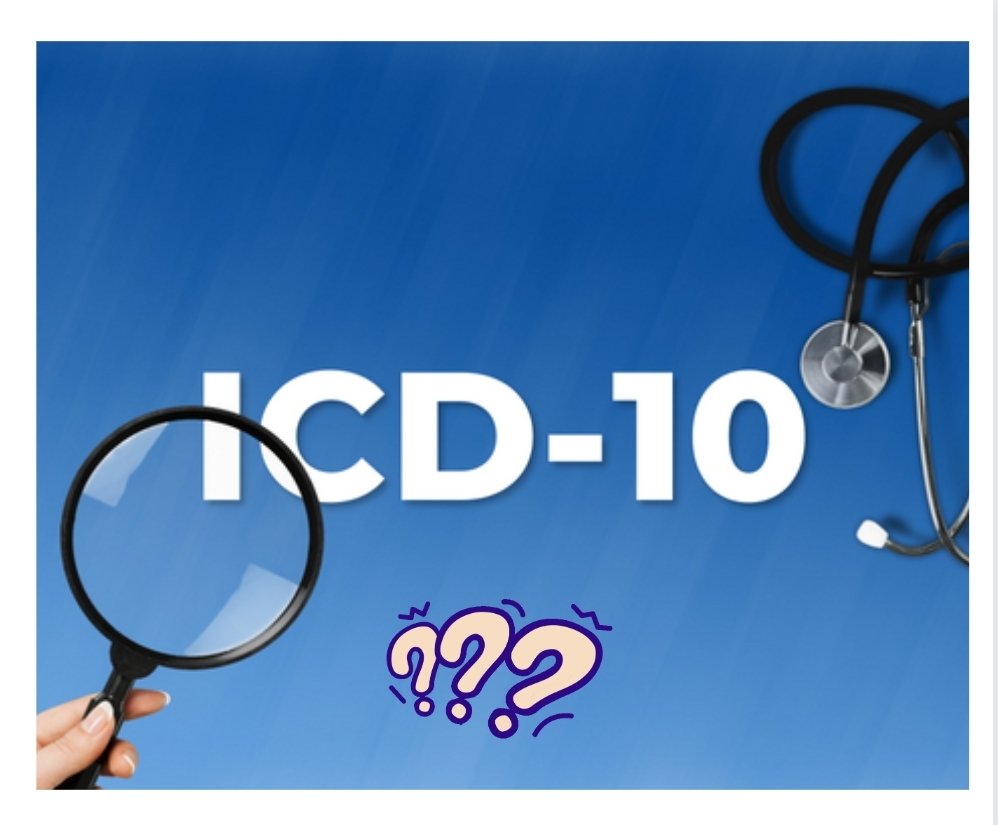
In the medical field, accurate and standardized coding is crucial for maintaining patient records, billing procedures, and statistical analysis. For individuals seeking to quit smoking, healthcare providers play a vital role in assisting them through the process. One of the essential aspects of this support involves coding the patient’s condition correctly. In this article, we will explore the smoking cessation ICD-10 codes, their significance, and how they aid in effective healthcare management.
What is ICD-10?
ICD-10 stands for the International Classification of Diseases, 10th Revision. It is a system developed by the World Health Organization (WHO) for classifying diseases, symptoms, abnormal findings, and external causes of injury. This comprehensive system allows healthcare providers to assign specific codes to various health conditions, ensuring consistent documentation and facilitating data analysis.
Smoking Cessation and ICD-10
Smoking cessation is a crucial step towards improving overall health and reducing the risk of various diseases associated with tobacco use. The process involves assisting individuals in quitting smoking and providing necessary support throughout their journey. For coding purposes, there are specific ICD-10 codes that healthcare professionals use when documenting smoking cessation-related encounters.
ICD-10 Codes for Smoking Cessation
Z87.891 – Personal history of nicotine dependence
This code is applicable when a patient has a history of nicotine dependence but is currently not actively using tobacco products. It is essential for healthcare providers to document a patient’s smoking history, as it can influence future health risks and treatment plans.
F17.200 – Nicotine dependence, unspecified, uncomplicated
This code is used when a patient has a current and active nicotine dependence but does not exhibit any complications resulting from this dependence. Healthcare professionals may use this code when the primary focus of the encounter is to address smoking cessation strategies.
Z Codes – Factors influencing health status and contact with health services
In some cases, healthcare providers may use Z codes in conjunction with the above codes to further specify the reason for the patient encounter. For instance, Z71.6 (Tobacco abuse counseling) may be used when counseling the patient on smoking cessation techniques.
Importance of Proper Coding
Accurate coding of smoking cessation encounters has several significant benefits:
1. Enhanced Patient Care: Properly coded encounters help healthcare providers identify patients with a history of nicotine dependence or active smoking habits, allowing them to deliver personalized care and support.
2. Billing and Reimbursement: Accurate coding ensures that healthcare facilities can bill and receive appropriate reimbursement for the services provided during smoking cessation sessions.
3. Public Health Insights: ICD-10 codes contribute to comprehensive health data collection, enabling researchers and policymakers to gain insights into tobacco usage trends, the effectiveness of cessation programs, and the overall impact on public health.
In conclusion, proper coding of smoking cessation encounters using ICD-10 codes is essential for effective patient care, billing procedures, and public health analysis. By accurately documenting patients’ smoking histories and providing the necessary support and counseling, healthcare professionals can play a vital role in helping individuals quit smoking and improve their overall health. As the medical field continues to evolve, adhering to standardized coding practices remains crucial for maintaining a robust healthcare system and ensuring the well-being of patients worldwide.
